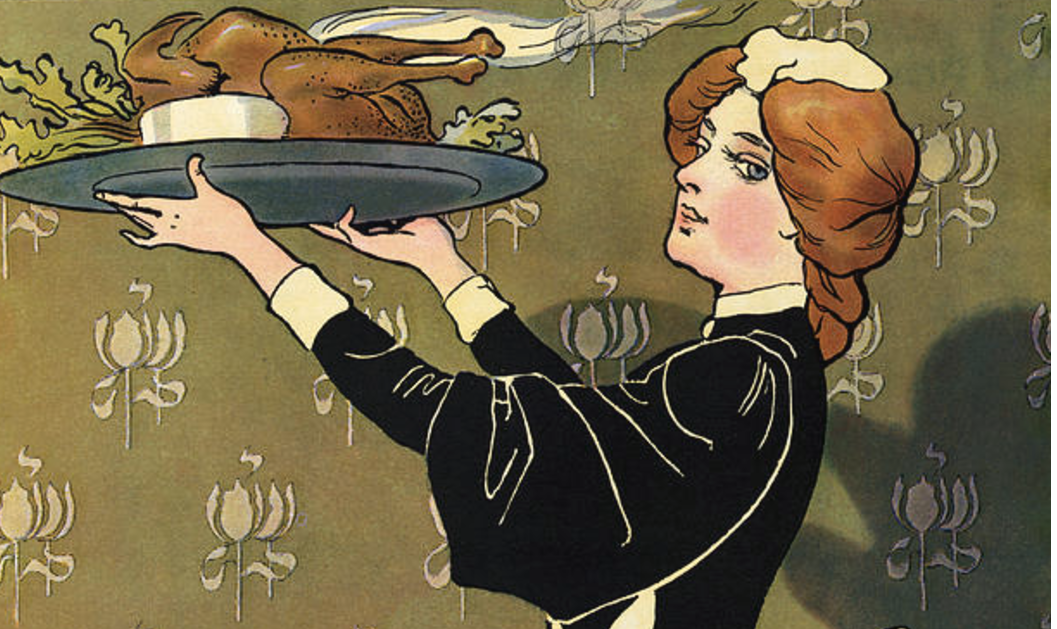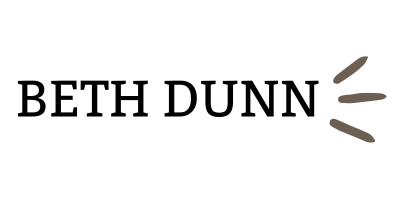Turnip for What

It’s Thanksgiving week here in the US, and I’m hosting my family for the big day.
That means turkey, of course (although I don’t eat meat), cranberries, stuffing, and lots of sides. One local treat that might be new to folks from other parts of the world is the great Eastham purple-topped turnip. It’s what a whole town near me is famous for.
They’re sweet. Delicious. And one of the best things about them is they’re uniquely ours. Yes, there are other turnips grown all over the world. But the Eastham turnip is a signature dish. Some say that if you plant Eastham turnip seeds somewhere else, they won’t turn out the same — they need to set roots into our own sandy soil. That’s where they get the flavor that sets them apart.
So of course there’s a turnip festival here this time every year. Restaurants compete with each other for the best turnip-based dish. There’s a Blessing of the Turnips. A crowned Mr. and Mrs. Turnip. Turnip bowling. Guess the weight of the giant turnip. You get the idea.
Obviously I adore every bit of this turnip-y time. It’s why I live in a small town. Annual festivals celebrating some random local vegetable are precisely my jam.
Oh man. I bet somebody near me is making turnip jam right now.
It’s got me thinking about our own signature dishes. What we’re known for. And if we get to decide.
Recently the great Kristina Halvorson posted a story about how she hoped, once she’d written her excellent book, Content Strategy for the Web, that she’d be able to move on to different topics. Maybe do different things.
Nope. “You’ll be talking about this for the rest of your career,” was what one far-seeing friend told her. He said that this is the thing people will keep needing to hear.
So now it's her turnip. It's her signature dish. She made a big dent in the world with that message, that book. And we're all still talking about it.
I have to admit, I once thought the same thing. When I wrote Cultivating Content Design, I almost hoped it would be dated in a couple of years, because I could clearly see that content design was coming into its own. Hiring was on fire, product teams were clamoring for their own UX writers to sit by their side. But now things have shifted all over again.
Back when I was just starting out as a solo UX writer, I used to joke that my job was just saying “that should be lower-cased” over and over until it was time to go home. Later, I was known for asking people if they really needed that exclamation mark. (The answer is still no.)
That became my thing for a while. I was the gal who hated exclamation marks.
(For the record, I don’t hate them — I just don’t think they belong in a product UI. I like an all-capsy, exclamation-y email as much as the next gal! Honest I do!)
Then some friends and I made Bethbot, a nifty little app that takes your house style guide and helps you make anyone’s writing more consistent with it. Kind of like your own personal Grammarly.
Bethbot was born out of my desire to get to talk about something other than whether a thing should be lower-cased or not. Or if an exclamation mark was really called for. (It's not.)
Friends used to ask me if I realized I was automating myself out of a job. I’d tell them that if fixing punctuation was all they thought I could do, they were in for a shock.
I did not grow up to become some exclamation-mark-deleter-in-
Why would I want to base my whole profession — my whole personality even — on something that a few lines of code can do?
I’m capable of a better turnip than that. And so are you.
I don’t think our jobs were ever about any of the stuff that can be automated away. What they might be increasingly about is knowing what can or even should be automated, what absolutely should not, how to build and use automation responsibly and well, and most of all, how to apply your own hard-won judgement and skill in the most helpful (and yes, creative) way.
What remains — what simply can’t be commodified or automated or AI-generated away is all the stuff that makes you uniquely you. What Jay Acunzo calls the real LLMs — the Little Life Moments. God, I love that so much.
What I'm getting at here is that I think the more we automate and enlist the help of AI, the more important your unique flavor will be. Your judgement, your craft, your discernment, your voice. All that will become more vital — and I think more sought after — not less.
Look at what happened in the wake of the last industrial revolution. The rise of the Arts and Crafts movement was a direct reaction against the over-mechanization of the creation of goods. Everything about the Arts and Crafts aesthetic is about making the hand of the human maker — the craftsperson — more visible to the eye. Hammered copper. Exposed carpentry joints. Those aren't just decorative flourishes tacked on for a lark. They're a philosophical stance. They shout out that a human hand made this, and that's why it's good.
That's why we have to celebrate our own purple-topped turnips. Why I think you should make a huge fuss over what's particular and special about what you do. Bring in some jugglers. Hire some dancers on stilts.
Anything that can get automated and replicated will certainly be. Which means — HOORAY — we can all finally stop being typecast as lower-casers and exclamation-mark-deleters-in-
Because you and me, friend? We’ve got bigger turnips to fry.
You and I know that what we did was never about grammar or punctuation or automatically generated summaries or neatly formatted checklists. That's often the most visible-to-others part of the work, so it's easy for us to get pigeon-holed there.
But those are just garnish. What we do is put real food on the table. Nourishing, filling, stick-to-your ribs food.
I'm okay with letting the rest of it go. It's why I wanted to build Bethbot. It's why I'm getting interested in what AI agents can do. I just don't think the stuff we can hand off to an AI was ever going to be our turnip. It was never going to be our meaningful dent in the world.
So as a friend of mine says, let's stop reading the menu and get to the meal.
After we built Bethbot, my work — and my enthusiasm for it — went through the roof. No longer relegated to just correcting people’s grammar (which any old robot can do), I started digging into the inner workings of voice, the psychology of words, the reasons why we humans need stories like we need air.
Personally, I like using all that stuff to help people use software, because I still think — hear me out — technology is still a net good. Tech helps us connect with other humans, do remarkable things, move important change forward, achieve whatever our personal bit of work on this planet might be.
Also, I think a lot of tech is just frankly neat. So I like to make it more accessible to folks who might miss out on the good bits because they can’t get past all the nuts and bolts. Designing easy-to-follow, clear interfaces, using stories and metaphors to help folks get excited and learn new skills, means more people get to do more neat, useful things.
Is that my turnip? Maybe.
These days I’m thinking about my work as being more about world-building and less about words. Like Tolkien, but with fewer orcs.
I'm like that deep, portentous voice at the start of a movie trailer that goes IN A WORLD WHERE… what comes after that part? What kind of world does this software exist in? What kind of world will it help us create? Why should I even sign on for that quest? Where will it lead us? Who will I meet? How will it change me? Is that what I want?
How can we make the whole user experience — in the broadest sense of the term — answer those questions in the most meaningful way?
Yeah, that’s the good stuff. That’s the kind of thing I'm digging right now.
It's okay with me if most people think about exclamation marks and editor bots when they hear my name. Maybe those are the things I'll talk about for my whole career.
But I'll tell ya, I also love helping other people (and companies) figure out what their turnip might be. I love getting down in the dirt with them, helping them sow a row of seeds on the ground, water and feed them and help them grow.
And then put on a big old goofy festival to celebrate what they do.
What's your turnip? How do you you know?

